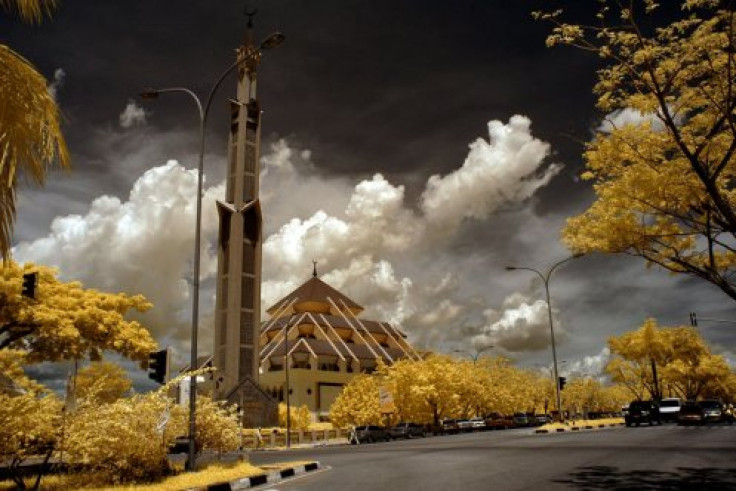Not Enough Poor People Here: Singapore Muslims Honor Eid Sacrifice In Impoverished Neighboring Indonesia

Singapore is so wealthy that a group of Muslims from the glittering city-state went to neighboring Indonesia instead to perform a ritual for poor people as part of their observance of the Eid holiday.
On Eid al-Adha, the Islamic Day of Sacrifice, which occurred on Tuesday, Muslims typically donate goats, sheep and cattle to mosques or to the poor in honor of the prophet Abraham, who offered to sacrifice his first-born, Ishmael, as an act of submission to God.
The Jakarta Post newspaper reported that a group of Singaporean Muslims donated animals to the Batam Grand Mosque (12 miles away in Batam, Indonesia) to be sacrificed in order to serve meat to the poor who otherwise cannot afford such luxuries. The paper noted that the Singaporean delegation could not find enough "mustahiq" (poor and deserving people) in Singapore to perform the service for.
Yusfa Hendri, the chief of the Batam Tourism Bureau, said that more than 50 Singaporean tourists handed over three bulls and 50 goats to be slaughtered at the Mosque. The event has become so popular that Batam tourist officials have even sponsored Eid al-Adha-themed trips for Singaporeans. “We support this kind of initiative,” Hendri said.
Muslims account for about 15 percent of Singapore’s population (primarily Malays and some Indians), while Indonesia is overwhelmingly Islamic (about 86.1 percent), making it the world’s largest Muslim state. However, the residents of Singapore are vastly wealthier. According to the CIA/World Factbook, on per capita basis, Singapore had a GDP of $61,400 (seventh-highest in the world for 2012), while Indonesia clocked in at $5,150 (158th on the list).
Of course, with a population of some 240 million, Indonesia is a much larger nation. The World Bank praised Indonesia for upgrading its economy over the past 15 years, lifting millions out of poverty. Still, challenges remain formidable. The bank notes that more than 32 million people in Indonesia live below the poverty line and about half of all households in the nation reside right at the national poverty line, which is defined at 200,262 rupiahs ($17.60) per month. “Employment growth has been slower than population growth,” the Bank said in a report. “Public services remain inadequate by middle income standards. Indonesia is also doing poorly in a number of health and infrastructure related indicators.”
For example, in 2009, Indonesia suffered 307 deaths for every 100,000 live births, making it impossible to reach the target of 105 deaths by 2015, as envisioned by the Millennium Development Goals (MDG). Moreover, poverty remains entrenched in rural Indonesia, while the gap between the poor and “non-poor” is widening. About 17.3 percent of rural people are poor, compared to 10.7 percent of urban people. In other words, 70 percent of the nation’s poor live in rural areas.
Due partly to inflation, the overall poverty rate may now inch up again. Bloomberg reported that official corruption is also eroding economic growth, while forcing 115 million Indonesians to live on less than $2 a day.
“The … problem is the government’s failure to use the good times to accelerate infrastructure upgrades and institutional reforms,” William Pesek wrote for Bloomberg. “Inadequate ports, highways, refineries and power grids are squandering Indonesia’s chances of attracting manufacturing jobs that are now going to China, the Philippines and Vietnam.”
© Copyright IBTimes 2024. All rights reserved.











